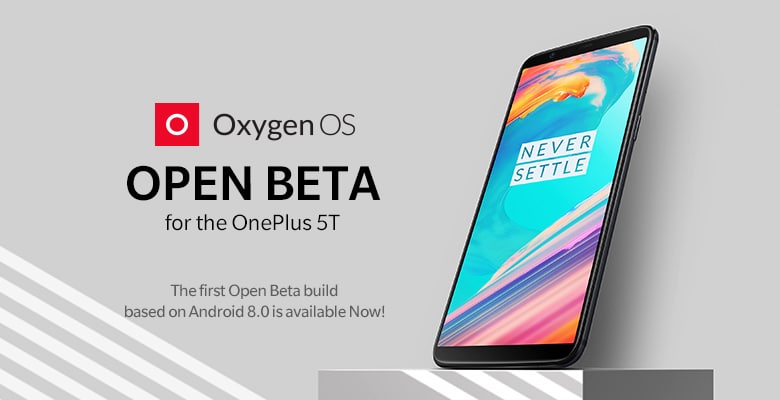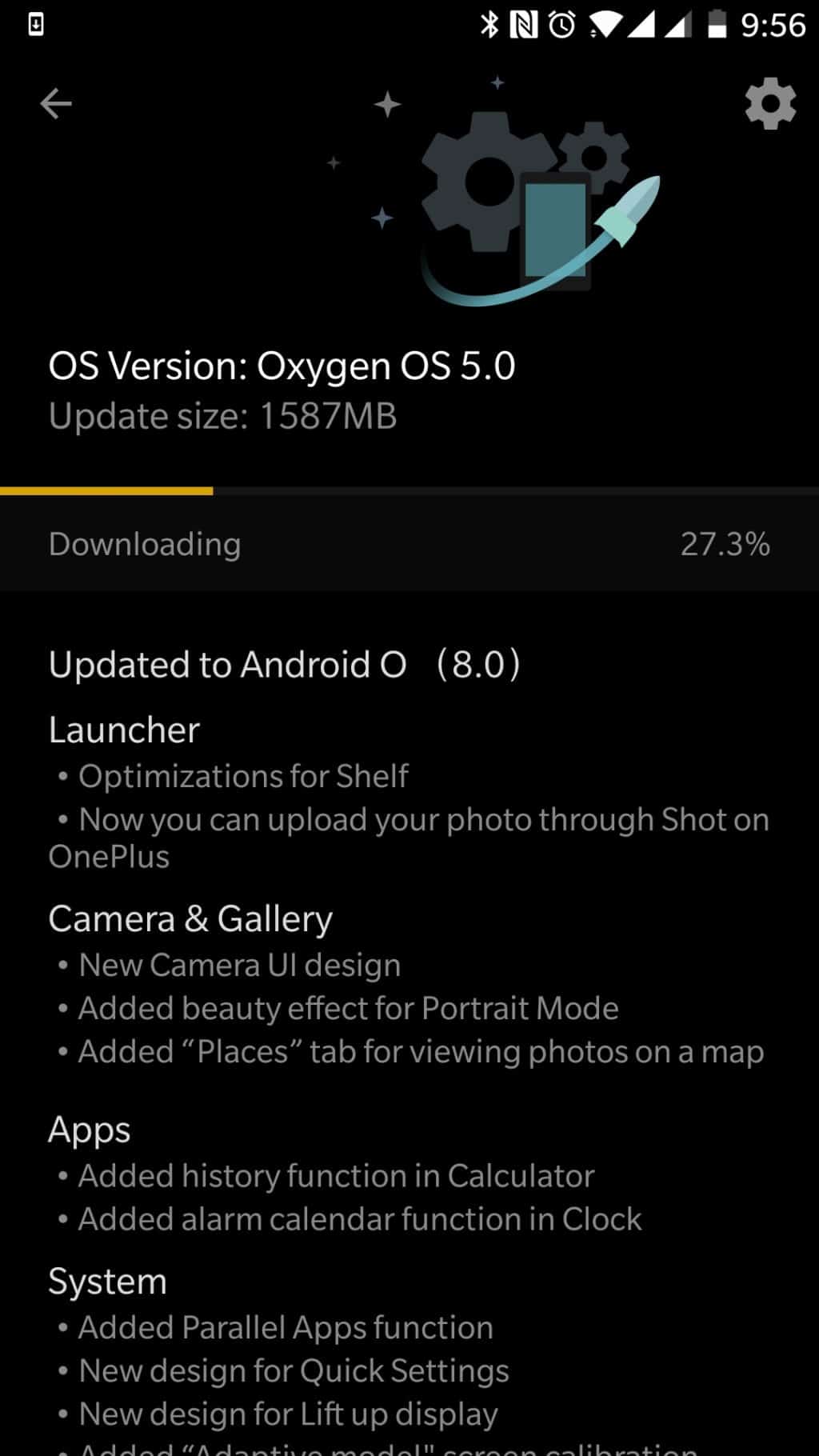
Google has updated its Android distribution numbers for November 2017 and things are not looking good for Oreo and Nougat. While both versions of Android showed an increase in their market share, the improvement was very minute to make any difference.
Android 8.0 Oreo which first popped up on the distribution numbers chart last month at 0.2 percent grew by 0.1 percent to occupy 0.3 percent of the market share. Considering that most OEMs are yet to update their flagship devices to Oreo, the latest version of Android is still going to take its own sweet time to occupy a noticeable share of the market. It is only when Samsung gets around to updating its popular devices like the Galaxy S8, S7, and other mid-range devices to Oreo that we can see some noticeable improvement in Oreo’s market share.

As for Nougat, its cumulative market share increased by 2.8 percent for a total of 20.6 percent, up from 17.8 percent from the time Google last updated its distribution numbers. On the positive side, all other older versions of Android saw their market share fall, with Marshmallow registering the biggest fall at 1.1 percent.
The slow uptick in Oreo’s adoption rate is a clear sign that Android updates have largely become irrelevant. Nougat, which was released over a year ago, still does not occupy the largest market share which is a shame. With Oreo, Google has introduced Project Treble which should hopefully reduce the time to roll out a new Android OS update but then the feature will only be making its way to new flagship devices first before trickling down to mid- and low-range smartphones.
[Via Android]






